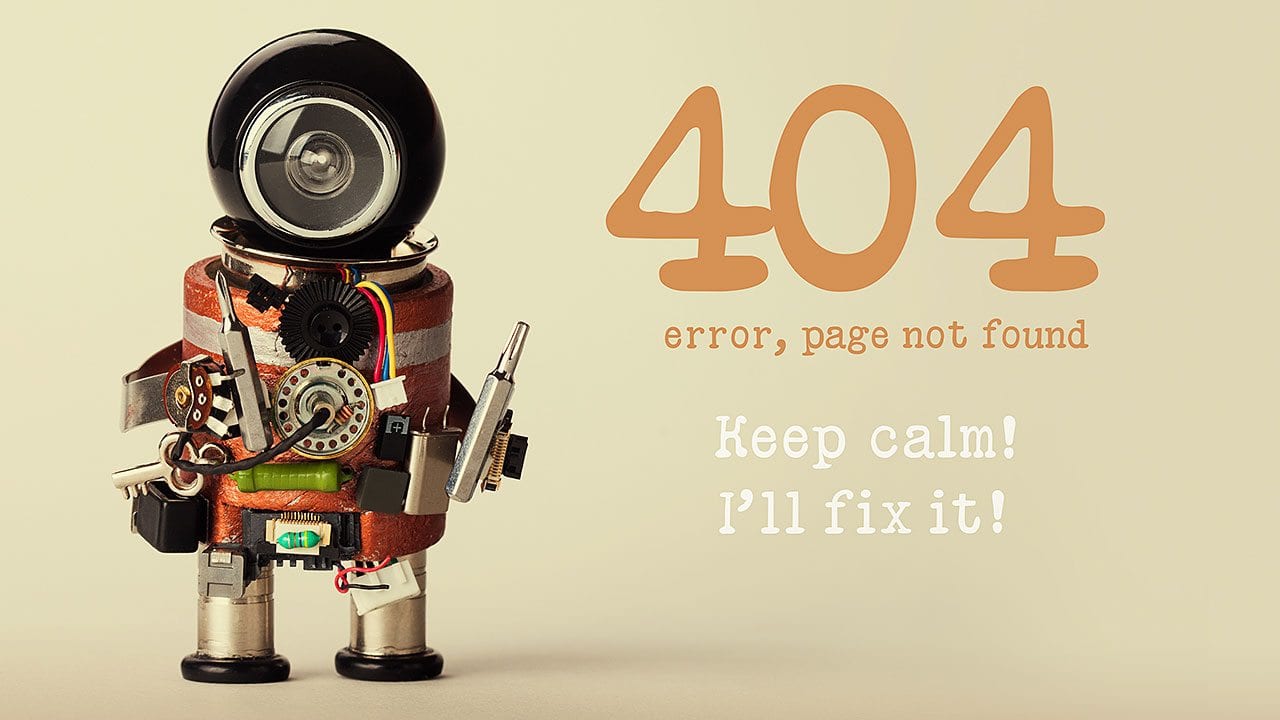Good computer code is precise and includes specific characters in specific places in order to achieve a particular effect. When the wrong characters are accidentally used, or the right characters are accidentally forgotten, there can be unexpected consequences. The code might have a bizarre effect or might not work at all. This is called a bug.
“Debugging” is a process that web designers and other professionals who work with computer code used to check for bugs in their code, and is an important part of the development of web products. Would you like a few pointers to help you do a great job of debugging? Here are a few of the best-kept debugging secrets that can help you thrive at web design school.
Be Methodical When Debugging
Computers are linear thinkers and follow very specific processes while performing a function. Humans aren’t quite as rigid, though, which can be an issue sometimes when doing debugging. People might be tempted to skip ahead through the code and miss the problem that they’re looking for.
The secret to avoiding this is to be methodical. When doing web design debugging, read your code line by line. Be sure to take your time and focus on your work. Doing this will improve your odds of spotting whatever issue it is that you’re looking for, and allow you to fix the problem and progress toward completing your task.
Become Familiar With HTTP Error Codes to Debug More Quickly
When working with web design, it happens pretty often that a bug will result in an HTTP error code. These codes describe different issues that can exist along with the connection between a product, like a website, and the internet. They are very instructive because understanding what they mean can give you an idea of where to look in your code when debugging. For example, a ‘404’ error means a user is trying to follow a link on your website, but the link doesn’t lead to a real page or file. This might be an indication to you that the link was formatted and typed incorrectly, or that the file or page was saved to an incorrect location on the server.

Understanding common HTTP errors can help you debug more efficiently
Do “Rubber Duck Debugging” For Insight Into Your Web Design Work
While training to become a web designer, you may find it is helpful to talk about your work out loud. Describing your work can help you look at it in a different light, and can allow you to discover potential weaknesses or issues that need to be corrected.
One popular method of this exercise is known as “rubber duck debugging.” Designers will place a rubber duck, stuffed animal, or other inanimate objects on their desks, and will explain their design work to that object. Though it sounds a little silly, this method of debugging is highly regarded even among programmers who work to create very complex software and can be a great way to gain a new perspective. When stuck with a particularly tricky bug, this method could be just the trick to help you solve your problem.






